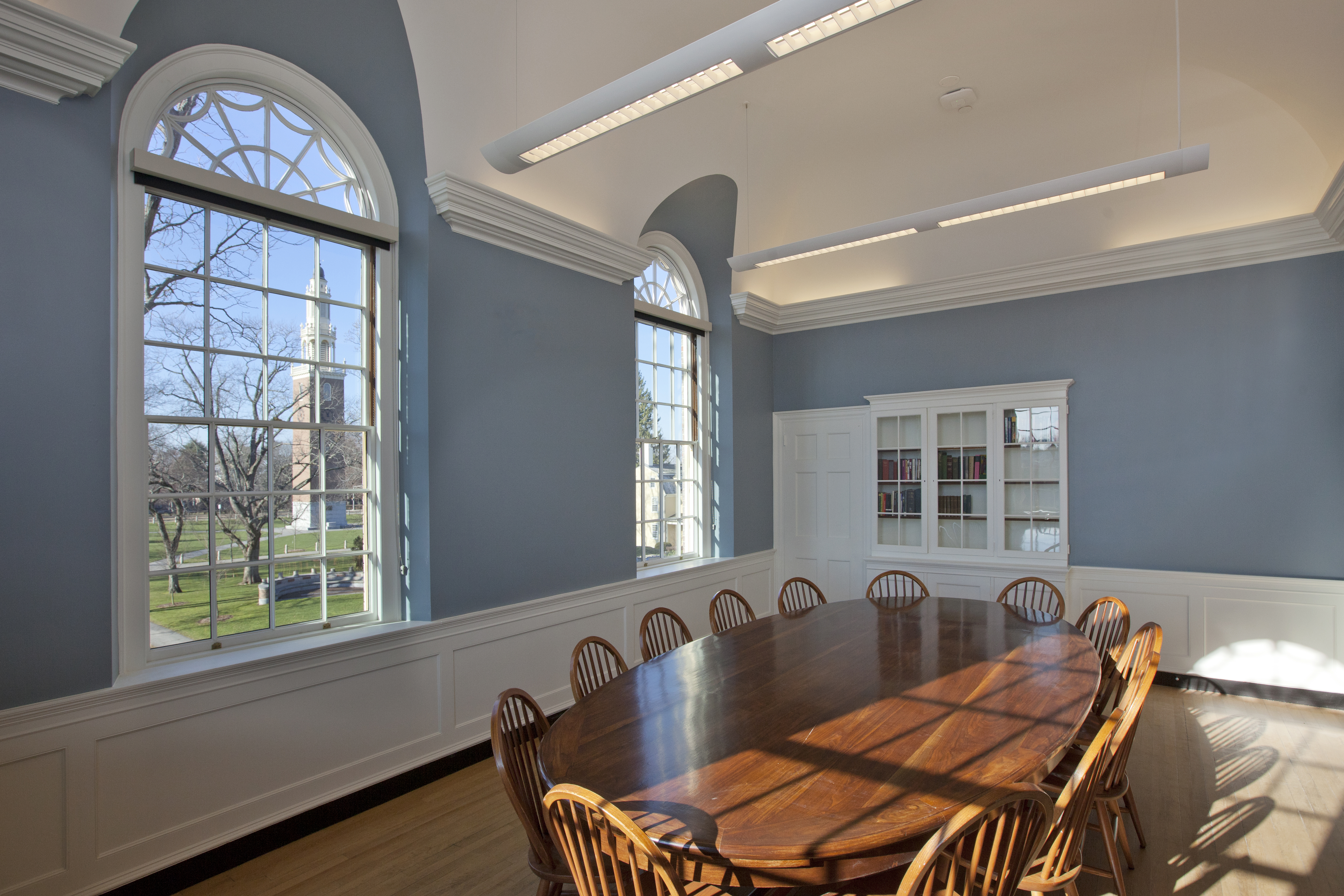Phillips Academy Andover Bulfinch Hall
Andover, Massachusetts
Client
Phillips Academy Andover
Project Value
$6.25 million
Completion
2012
General Contractor
Consigli Construction
Architect
Ann Beha Architects


For many years Bulfinch Hall was considered the work of architect Charles Bulfinch, though a recent discovery by historian David Chase firmly attributes it to architect-builder Asher Benjamin. Asher Benjamin’s seven hand books on architectural design deeply influenced the look of towns and cities throughout New England in the 19th century.
In the past 200 years, Bulfinch Hall has experienced adaptive reuse or renovation designed by some of America’s most noted architects. In 1902, Boston architect Guy Lowell renovated the building and designed an addition to create “The Beanery” dining commons for the academy. Guy Lowell, one of the quintessential gentlemen architects of the American Renaissance, is best known for his 1907 design of Boston's Museum of Fine Arts.
In 1936, a renovation was designed by a descendant of a Newburyport seafaring family, and Boston architect William Graves Perry of the firm Perry, Shaw, and Hepburn. The firm’s experience in planning and supervising the reconstruction of Colonial Williamsburg in Virginia made them exceptionally qualified to undertake the remodeling of Bulfinch Hall for modern classroom use of the period.
Galanis Consulting worked with Ann Beha Architects of Boston on the programming and design of the most recent restoration, and addition to the building. The 1,400 SF addition with a “green roof” allowed the faculty and students the proper space requirements after the added elevator, and other ADA upgrades claimed space in the existing building. The weathervane, cupola, and brick façade were all restored. New mechanical, electrical, sprinkler and plumbing systems were added during the renovation. Oak trees, removed in order to make space available for the addition, were sent to a Massachusetts saw miller, and kiln. After drying the lumber, the final product was shipped to a millworker for fabrication of custom seminar tables, and conference tables.